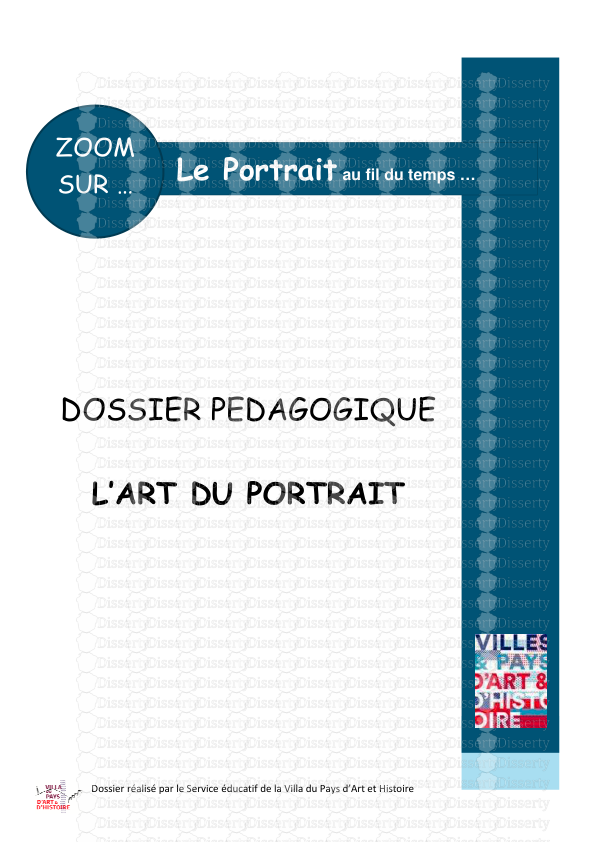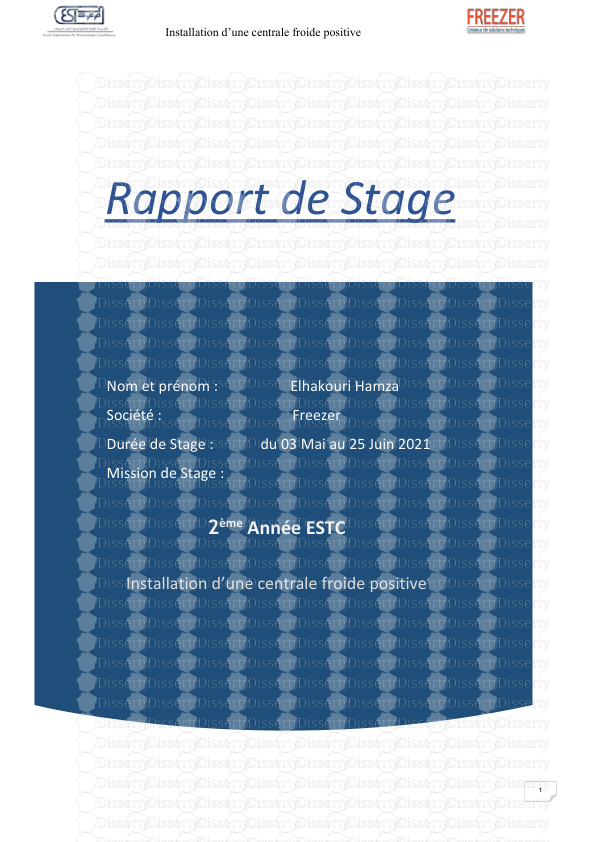The English word care comes from Latin cura, concern, attention. Cura haunts qu
The English word care comes from Latin cura, concern, attention. Cura haunts quite a few words in various languages, and in particular the word curator. Since the 18th century the French translation has been ‘conservateur’ (‘curator’ in English): some one who manages the collections in a museum and organises their exhibition. Recently, curator has been used in a broader manner to designate those who pro pose a selection of contents. In the virtual world data curators select, edit and share information; This practice of extraction and programming draws trends and analy ses from the Internet, that new bottomless well. In the current artistic turmoil, curators select, ex-hibit/ex-pose, bring out the objects of their concern which they wish to share. Cura haunts the word curiosity, and curiosity it is which guides today’s curators just as it inspired collectors for their cabinets of curiosities. Outside museums and arts centres the new curators strive to create spaces that are different. For the past half century they have created new sets and other territories in biennials and festivals. What now? Artistic production in Western cities is growing unremittingly, which brings the need to ex-hibit, to leave traces. It isn’t a matter of training for some employment, to fit somewhere. CARE is an incubator for your embryonic project. The whole stake will be to contextualise the object of your curiosity, i.e. to provide it with a suitable format, a community and an economics. A time to take care of its inscription in time and space. Le mot anglais care vient du latin cura : soin, extraction d’une cavité. Cura hante bien des mots dans beaucoup de langues, et en particulier le mot curator. Depuis le 18ème siècle, la traduction en français est “conservateur“ : celui qui prend soin des collections des musées et organise leur mise en exposition. Récemment, curator est employé sans nuance pour désigner celui ou celle qui propose une sélection de contenus. Dans le monde virtuel, des data curators choi sissent, éditent et partagent des informations. Ils pratiquent une extraction super ficielle d’un puits sans fonds : Internet. Tandis que, dans l’effervescence artistique contemporaine, des curators sélectionnent, ex-posent, mettent au-dehors, ce dont ils souhaitent partager leur intérêt, leur conviction, leur quête. Cura hante le mot curiosité et c’est elle qui guide les nouveaux curators comme elle inspirait les collectionneurs pour leur cabinets de curiosité. Hors du musée, des centres d’art, les nouveaux curators cherchent aussi à fabriquer des espaces autres. Depuis un demi-siècle, on les a vus créer de nouveaux plateaux et autres territoires dans des biennales, des festivals. Et maintenant ? La production artistique dans les villes occidentales ne cesse d’augmenter et avec elle la nécessité d’ex-poser, faire trace. Il s’agit ici d’inventer votre métier. CARE est un incubateur pour votre projet embryonnaire. Tout l’enjeu sera de contextualiser ; c’est-à-dire créer un format adapté, une communauté et une économie pour les objets de votre curiosité. Soigner leur inscription dans l’espace et dans le temps. photo © CENTRALE Texte 4e de couverture : Pauline de la Boulaye. English translation : Nicolas de Moy & Philippe Hunt. CARE - MASTERS EN PRATIQUE DE L ’EXPOSITION Care est un programme de Masters qui cherche à réfléchir et renouveler les pratiques d’exposition et de médiation. Ce programme se construit en étroite collaboration avec des lieux spécialisés et noue un partenariat privilégié avec le centre d’art contempo rain de la Ville de Bruxelles, la CENTRALE for contemporay art. DEUX FORMATIONS CARE propose deux formations : 1.CARE ACADEMIC MASTER est un Master en deux ans reconnu par le Fédération Wallonie-Bruxelles et de ce fait internationalement (120 ECTS). Ce master est articulé aux masters de l’Arba-Esa et se con struit en étroite collaboration avec les options. 2.CARE EXECUTIVE MASTER est une formation d’un an qui souhaite intégrer des personnes ayant des origines académiques ou professionnelles hété rogènes : artistes, curateurs, graphistes, designers, journalistes, performeurs, historiens d’art… ou toute personne ayant un intérêt marqué par les questions d’exposition et faisant preuve d’une volonté d’intégrer le réseau des professionnels de la pratique de l’exposition et de la médiation. Les deux formations sont pensées en étroite col laboration. Care est un laboratoire où se mêlent les étudiants au sein de séminaires et projets collectifs. La constitution d’un groupe mêlant des praticiens, des étudiants diplômés d’un baccalauréat en art, et d’autres aux parcours plus singuliers est un des enjeux de CARE. CO-ORGANISATION AVEC UN CENTRE D’ART : la CENTRALE for contemporay art, Bruxelles La collaboration avec la CENTRALE, dont les locaux seront à disposition des étudiants, permettra de vivre des allers-retours pratique & théorie à l’échelle 1/1, ouvrant ainsi à une connaissance large des métiers de l’exposition et de la médiation. Care établit également des synergies avec des insti tutions culturelles, des centres d’art, des écoles et des partenaires à l’échelle nationale et internationale. CARE ? Ce programme de Masters s’adresse à des étudiants désireux d’approfondir et de développer une réflexion contemporaine sur les enjeux de l’exposition. Il s’agit de porter - d’apporter - un regard attentif à l’oeuvre, à l’exposition, à sa médiation, et de développer une manière d’être professionnel et engagé. Le programme pédagogique est ponctué de sémi naires, de rencontres avec des intervenants exté rieurs du monde de l’art, de visites et de voyages d’études. Chaque année, un axe de réflexion est proposé. L’autonomie des participants, ainsi que le travail collectif et collaboratif sont des éléments moteurs de la formation. CRITÈRES D’ADMISSION L’admission se fait sur base d’un dossier et d’un entretien. Le dossier comprendra : un dossier de candidature dûment rempli, 25€ de frais de dossier (preuve de paiement), un CV complet, une note d’intention, et selon le profil des candidats : un portfolio. Care Academic Master s’adresse à étudiants diplômés d’un baccalauréat (180 ECTS). Le minerval & les frais d’inscription s’élèvent à environ 500 € par année. Informations sur www.arba-esa.be. Care Executive Master à toute personne même non porteuse d’un diplôme. Frais d’études et d’inscription : 4700€. La langue de communication du programme sont le français. Un niveau de connaissance suffisant en anglais est un atout. CONTACT Demande d’informations complémentaires : care@arba-esa.be Dossier et inscription académique : e.buyukdere@arba-esa.be CARE – MASTER’S PROGRAMME IN CURATORIAL PRACTICES Care is a Master’s programme whose aim is to reflect and renew practices of exhibition and media tion. This programme is being structured in close collaboration with specialised institutions and enjoys a special partnership with the CENTRALE for Contemporary Art, Brussels municipality’s centre for contemporary art. TWO COURSES CARE proposes two distinct courses 1.CARE ACADEMIC MA meant for students who already have a BA in the arts. This is a two-year MA recognised by the Fédération Wallonie-Bruxelles and therefore internationally (120 ECTS). This MA is closely linked to existing MA courses at the ArBA-EsA. 2.CARE EXECUTIVE MASTER’S PROGRAMME is a one-year course meant for people with diverse academic and professional backgrounds : artists, curators, graphic designers, journalists, perfor mance artists, art historians… or any person who has a marked interest in questions of exhibition and who shows a wish to enter the network of profes sionals in the practice of exhibition and in mediation. These two courses will work in close collaboration. Care is a laboratory in which students mix together within seminars and group projects. Creating a group gathering together practitioners, students with a BA in the arts and others with more unusual careers is one of CARE’s stakes. CO-ORGANISATION WITH AN ART CENTRE: the Brussels CENTRALE for Contemporary Art The collaboration with CENTRALE, whose premises will be at students’ disposal, will make it possible to experience back and forth movements between practice and theory on a 1:1 scale, thereby leading to a wide knowledge of practices linked to the fields of exhibiting and mediating. Care also sets up synergies with cultural institu tions, art centres, schools and partners on a national and international level. CARE? This Master’s Programme is meant for students who wish to develop an in-depth consideration regarding the issues of contemporary exhibiting. At stake is taking a deep look — bringing it to bear — at/on works, exhibiting, mediation — and developing a pro fessional, committed way of being. This pedagogical programme is interspersed with seminars, meetings with external contributors from the art world and study trips. A specific focus for reflection will be proposed in each year of the course. The autonomy of participants and group work are both driving elements in this course. CRITERIA FOR ADMISSION Admission is based on an application dossier and an interview. A fully completed dossier should include : a 25€ application fee, a CV, a letter of motivation, and depending on the candidate’s profile : a portfolio. The Care Academic MA is aimed at holders of a BA (180 ECTS). Tuition fee : about 500€ per annum. More information on www.arba-esa.be The Care Executive Master’s Programme is meant for people who do not have such a degree. Tuition fee : 4700€ for one year. French is the chief language of communication within the programme. Candidates should show a satisfactory level uploads/s3/ care-nouveau-master-en-pratiques-de-l-x27-exposition-a-bruxelles-signe-academie-royale-des-beaux-arts-en-synergie-avec-la-centrale-for-contemporary-art.pdf
Documents similaires










-
36
-
0
-
0
Licence et utilisation
Gratuit pour un usage personnel Attribution requise- Détails
- Publié le Jui 20, 2021
- Catégorie Creative Arts / Ar...
- Langue French
- Taille du fichier 1.2057MB


